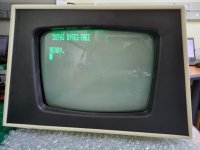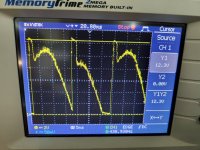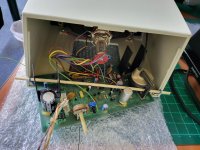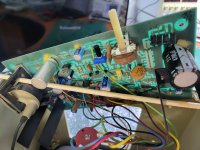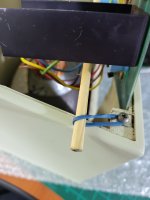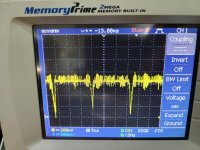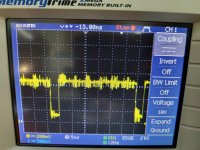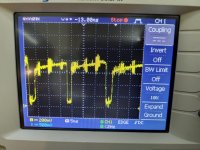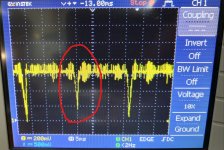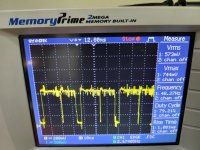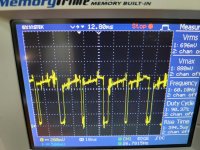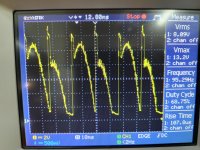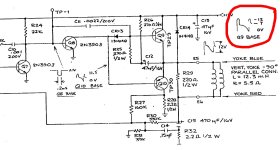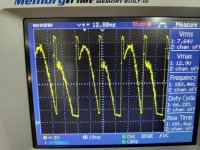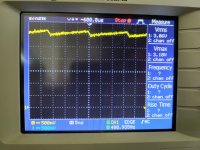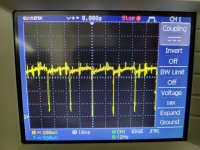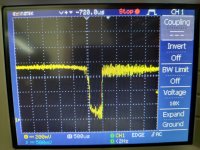daver2
10k Member
I solder temporary wires onto key points on the monitor PCB and then put the dangerous thing back into the case. The other ends of the wires are connected to an insulated "chocolate block" connector so you can attatch probes to them safely.
Can you point me at the schematic for your monitor and I will take a look.
I suspect your IEEE488 BASIC 2/4 issue is down to how BASIC 2 handles a change in state of the ATN input signal. If this line generates an interrupt, some ROM firmware may get in the way in BASIC 2 that doesn't in BASIC 4. That is my educated guess...
Dave
Can you point me at the schematic for your monitor and I will take a look.
I suspect your IEEE488 BASIC 2/4 issue is down to how BASIC 2 handles a change in state of the ATN input signal. If this line generates an interrupt, some ROM firmware may get in the way in BASIC 2 that doesn't in BASIC 4. That is my educated guess...
Dave


